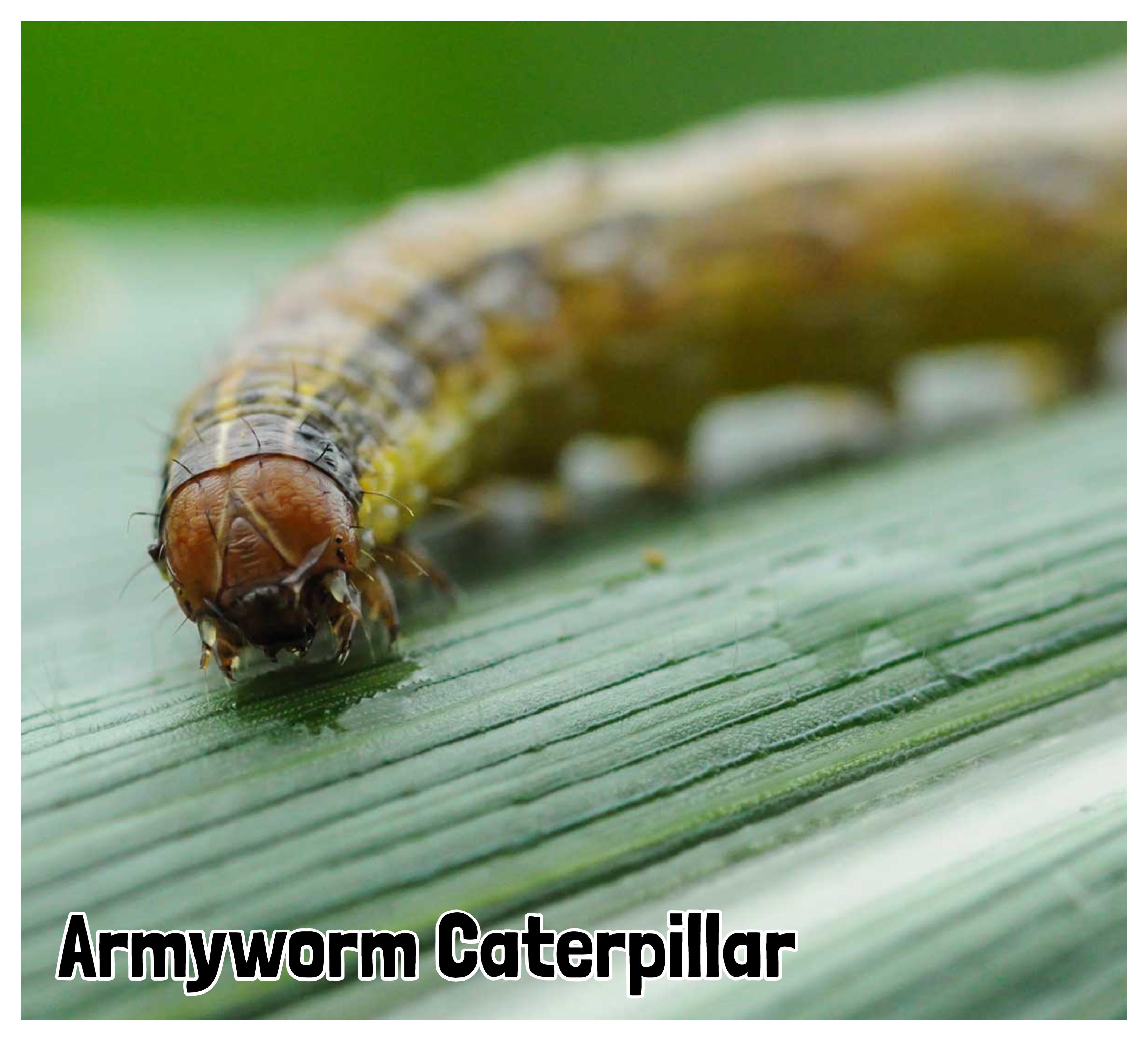
Plants have evolved a remarkable array of strategies to defend themselves against herbivores, and one such strategy involves attracting insects that act as natural enemies to these plant-eating pests. The fascinating interplay between plants, insects, and the chemical signals they utilize continues to captivate researchers in the field.
In the case of the beet armyworm caterpillar, scientists have discovered that its saliva contains a chemical called volicitin, which plays a crucial role in eliciting a defensive response from the plant. When the caterpillar feeds on corn seedlings, the volicitin triggers the release of chemical signals from the leaves, effectively attracting parasitic wasps. These wasps, in turn, prey on the caterpillars, providing a form of natural pest control.
The question arises: why would the caterpillar produce a chemical that essentially works against its own interest? Researchers have put forth a conjecture that volicitin may serve as a hormone necessary for the caterpillar's own physiological processes or even its attack on the plant. While further investigations are needed to fully understand the caterpillar's motives, it highlights the intricate nature of plant-insect interactions.
However, as with any defense mechanism, there can be unintended consequences. Some plant species, such as several acacias, rely on aggressive ants to protect them from herbivores. These ants effectively keep the plants free from pests, but they may also hinder the process of pollination. Since insects play a vital role in carrying pollen grains from one flower to another for fertilization, it becomes essential for the plants to ensure that the ants do not disrupt this crucial reproductive process.
British biologists made an intriguing discovery that young flowers of acacias release ant-repelling chemicals during the time when pollination is most likely to occur. This chemical signal prompts the ants to flee the flowers temporarily, allowing pollinators to carry out their important work unhindered. In an interesting twist, the researchers also found that the pollen grains themselves might be responsible for releasing the ant-repelling chemical. This adaptation highlights the complexity of plant communication and the lengths to which plants go to ensure successful reproduction.
Plants don't limit their chemical signaling to defense against herbivores alone. They can also communicate and respond to threats like viral infections. When tobacco plants are infected with tobacco mosaic virus, they release a chemical called methyl salicylate, commonly known as oil of wintergreen, into the air. This airborne signal serves as an alert to neighboring plants, prompting them to produce antiviral substances and bolster their resistance against the virus. Additionally, the methyl salicylate may also have a similar effect on the healthy tissues of the infected plant, aiding in its defense against the viral attack.
These remarkable examples of chemical signaling in plants provide a glimpse into the intricate mechanisms that underlie their interactions with insects, pathogens, and even themselves. As research continues to unravel the complexities of these processes, we gain a deeper appreciation for the astonishing adaptations and survival strategies that plants have developed throughout their evolutionary journey. Understanding these intricate relationships not only enhances our knowledge of the natural world but also holds potential for innovative applications in agriculture, pest control, and even human health.